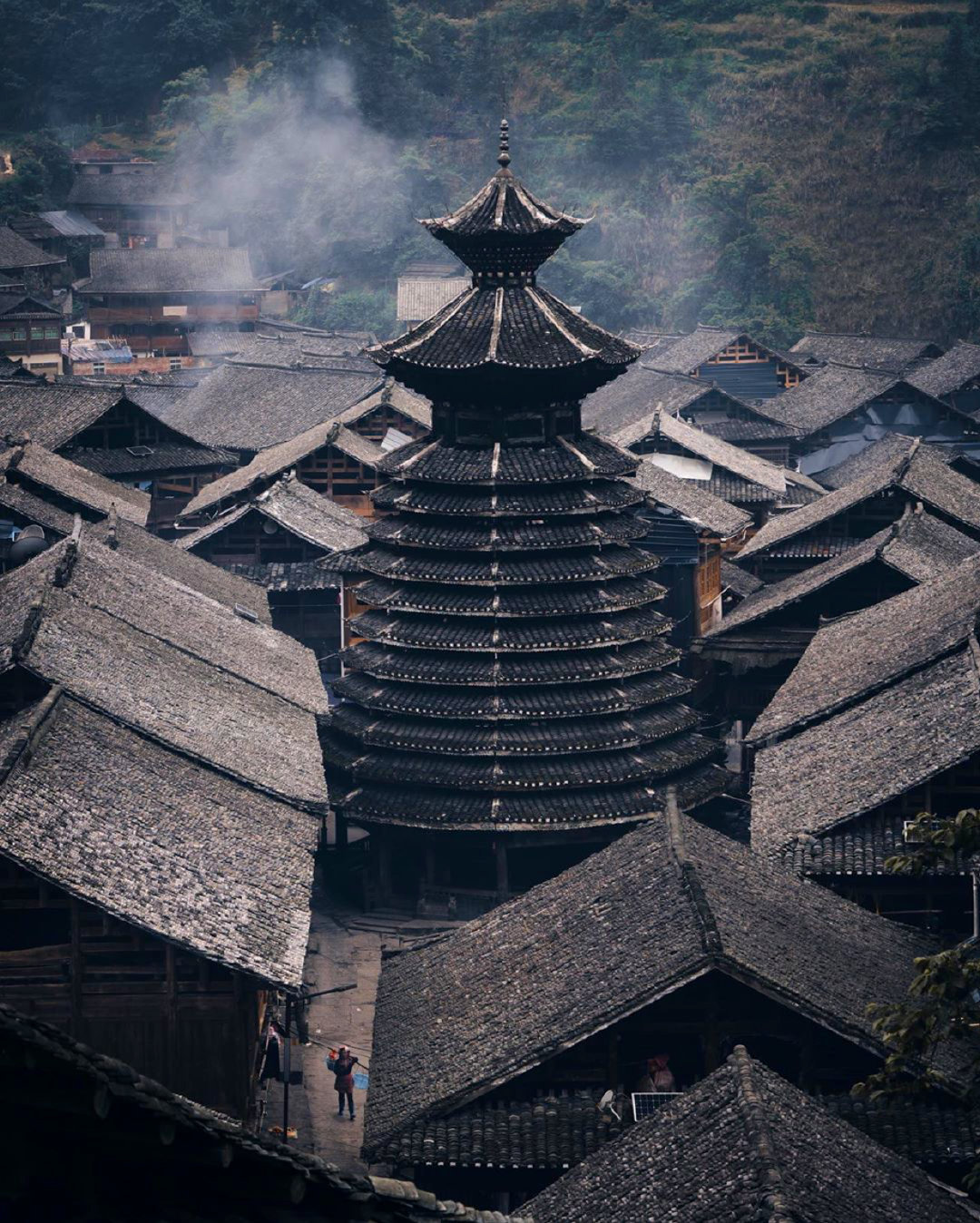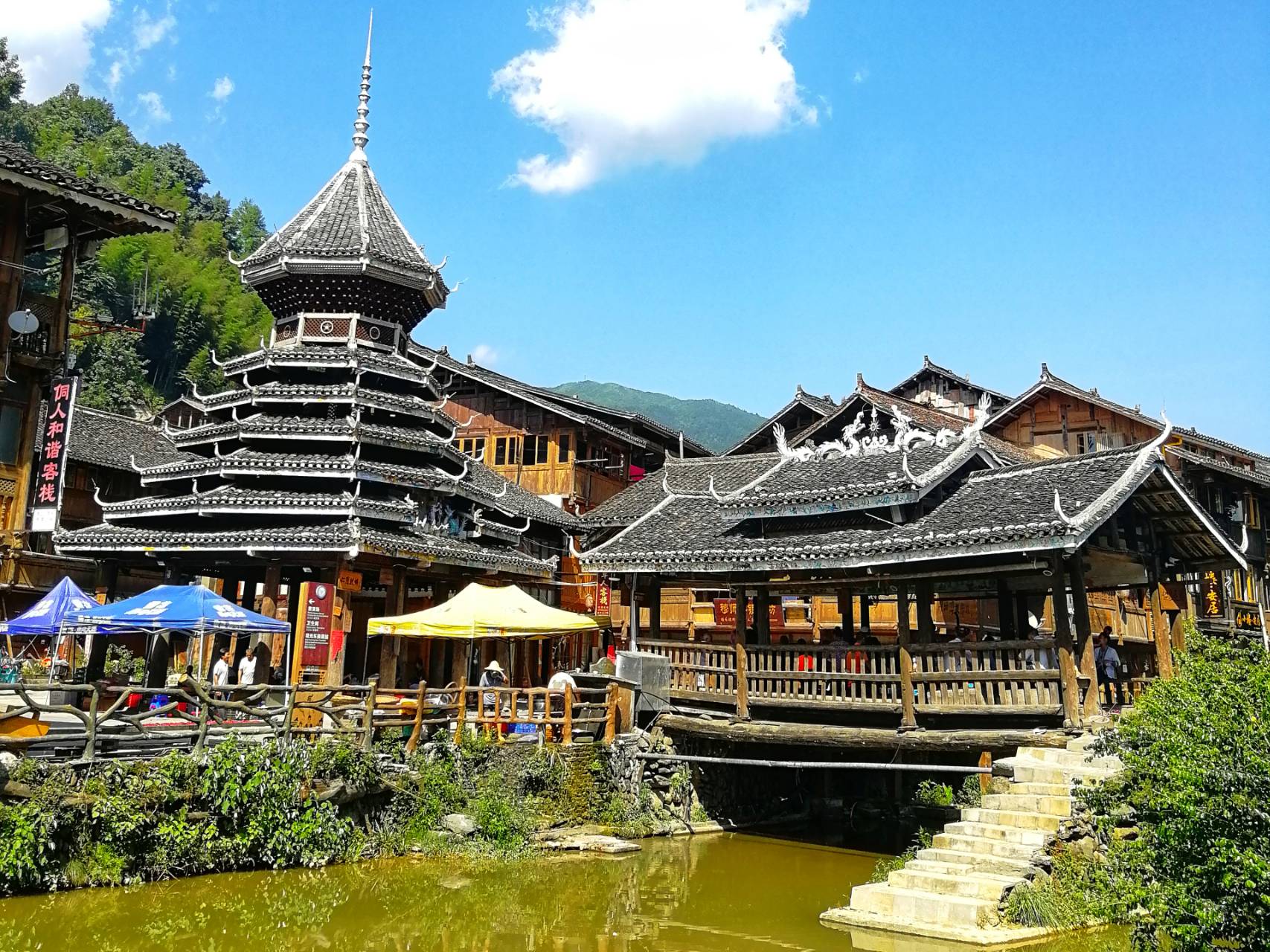



Zhaoxing Dong Village
Zhaoxing Dong Village, located in Liping County, Qiandongnan Miao and Dong Autonomous Prefecture, Guizhou Province, China, is one of the largest Dong ethnic villages in the country. Established during the Northern Song Dynasty in 986 AD, the village boasts a history spanning over a millennium. Surrounded by picturesque mountains, Zhaoxing is renowned for its well-preserved traditional wooden architecture, including five distinctive drum towers, each representing one of the village's five clans: Ren (Benevolence), Yi (Righteousness), Li (Propriety), Zhi (Wisdom), and Xin (Trust). These drum towers serve as central gathering places for various communal activities and symbolize the rich cultural heritage of the Dong people. Visitors can immerse themselves in authentic Dong culture through traditional music performances, dance, and local crafts, making Zhaoxing a captivating destination for cultural enthusiasts.
Information
Ticket price
Time
Location
Liping County, Qiandongnan Miao and Dong Autonomous Prefecture, Guizhou, China
View maps
More about the trip
Zhaoxing Dong Village: A Cultural Gem in Guizhou
Zhaoxing Dong Village, located in Liping County, Qiandongnan Miao and Dong Autonomous Prefecture, Guizhou Province, China, is one of the largest Dong ethnic villages in the country. Established during the Northern Song Dynasty in 986 AD, the village boasts a history spanning over a millennium. Surrounded by picturesque mountains, Zhaoxing is renowned for its well-preserved traditional wooden architecture, including five distinctive drum towers, each representing one of the village's five clans: Ren (Benevolence), Yi (Righteousness), Li (Propriety), Zhi (Wisdom), and Xin (Trust). These drum towers serve as central gathering places for various communal activities and symbolize the rich cultural heritage of the Dong people.
What to See and Do
Explore the Drum Towers: Zhaoxing is famous for its five magnificent drum towers, each unique in design and representing a different clan. These multi-story wooden structures are central to Dong community life and are often where cultural performances take place.
Wind-and-Rain Bridges: Wander across the beautiful covered bridges (wind-and-rain bridges) that span the village's waterways. These bridges are not only functional but also serve as social gathering places and architectural marvels.
Traditional Wooden Houses: Stroll through the village's narrow alleys and admire the well-preserved wooden houses, built in traditional Dong style. Many offer guesthouse accommodations, allowing for an immersive experience.
Cultural Performances: Enjoy daily cultural performances, including the famous Grand Song of the Dong Ethnic Group (a polyphonic choral music form), traditional dances, and other folk arts. Check the schedule upon arrival.
Local Crafts: Discover shops selling traditional Dong handicrafts, such as batik, embroidery, and silver jewelry. You can often see artisans at work.
Rice Terraces: The surrounding mountains are adorned with beautiful rice terraces, especially picturesque during planting (spring) and harvest (autumn) seasons.
Best Time to Visit
Spring and autumn offer the most pleasant weather. The village is particularly vibrant during Dong festivals, which offer a deeper immersion into the local culture. Check the local calendar for festival dates.
How to Get There
Zhaoxing Dong Village is accessible by high-speed train to Congjiang Railway Station (从江站). From there, shuttle buses are available directly to Zhaoxing. Many tour operators offer organized tours that include Zhaoxing.
Travel Tips
Wear comfortable shoes: You'll be doing a lot of walking on stone-paved streets and uphill paths.
Stay overnight: To fully experience the village, especially its illuminated night view and morning tranquility, consider staying overnight in one of the guesthouses.
Respect local customs: Be mindful and respectful of the traditions and beliefs of the Dong people.
Photography: The unique architecture and cultural activities offer endless opportunities for stunning photographs, especially at dawn and dusk.





